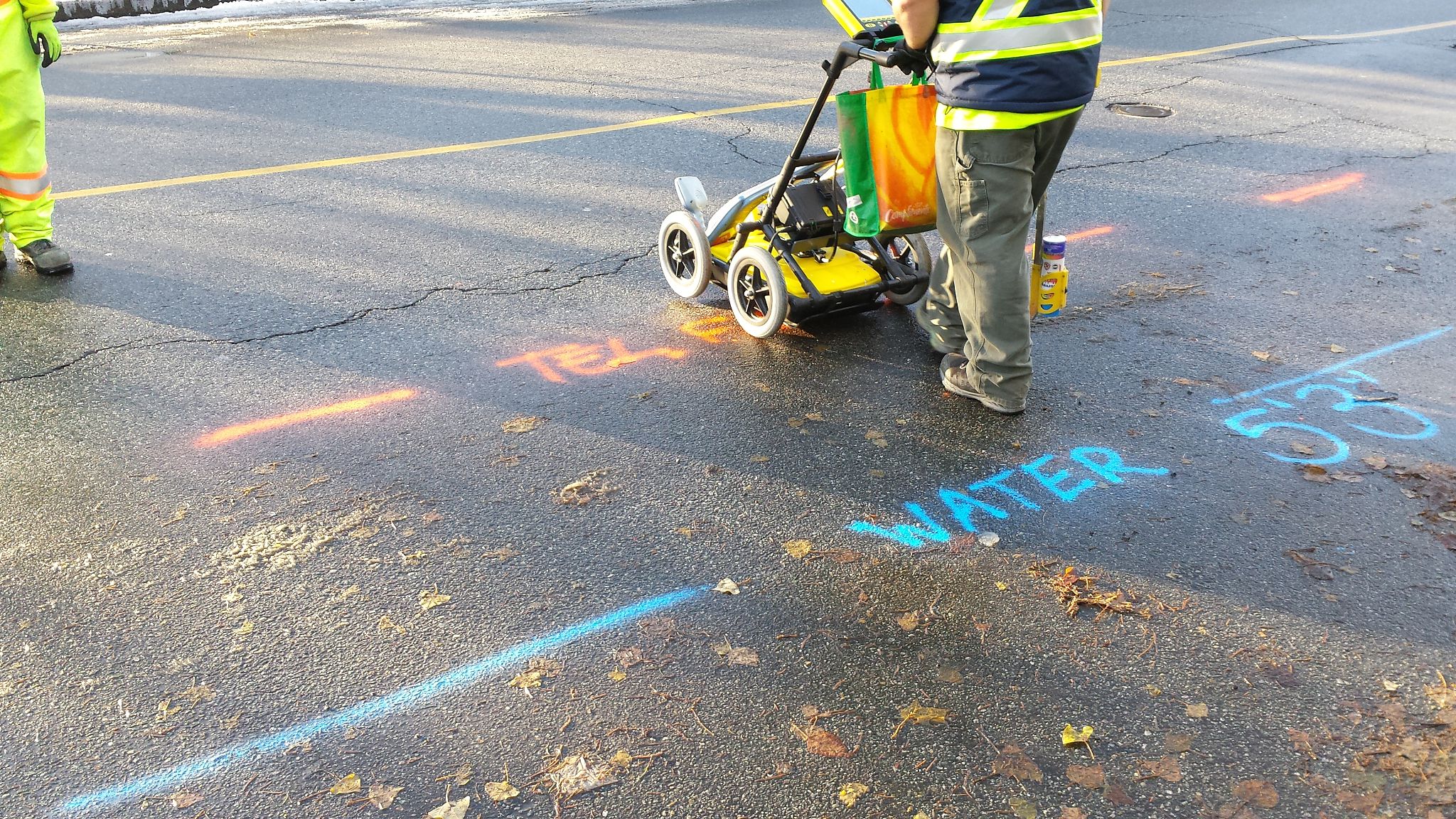Expert Tips for Maintaining Your Structured Cabling System
Understanding the Basics of Structured Cabling
Structured cabling is the backbone of modern communication systems, supporting everything from data transfer to telecommunications. Maintaining a well-functioning cabling system is crucial for seamless operations. In this post, we'll explore expert tips to ensure your structured cabling system remains efficient and reliable.

Regular Inspections and Testing
One of the most critical maintenance practices is conducting regular inspections and testing. This involves checking for any signs of wear and tear, loose connections, or damaged cables. Regular testing using appropriate tools can help identify potential issues before they escalate into major problems.
Consider scheduling routine checks at least twice a year. This proactive approach can help in identifying issues early, reducing downtime and maintaining system performance.
Proper Labeling and Documentation
Proper labeling and documentation of your cabling system can save significant time and effort during troubleshooting. Ensure each cable is clearly labeled at both ends. This practice helps in quickly identifying cables during maintenance or upgrades.

Documentation should include details about cable types, lengths, and connection points. Keeping this information updated is vital for efficient system management.
Maintaining Cleanliness and Organization
A clean and organized cabling environment not only looks professional but also ensures optimal performance. Dust and debris can accumulate over time, potentially affecting cable connections. Regular cleaning of the area around your cabling system is crucial.
Additionally, avoid tangled cables by using cable management solutions like trays or ties. This prevents physical damage and makes it easier to track individual cables.

Implementing Redundancy
Redundancy is a key aspect of maintaining a reliable structured cabling system. By implementing redundant paths, you can ensure that your system continues to operate smoothly even if a component fails. Consider backup cables or alternative pathways to enhance system resilience.
Regularly test these redundant systems to confirm their functionality in case of emergencies.
Planning for Future Growth
As technology evolves, your cabling needs may change. Planning for future growth is an essential part of maintaining your structured cabling system. Choose scalable solutions that can accommodate increased data loads and new technologies.
Consult with experts to design a flexible cabling infrastructure that can adapt to future requirements without major overhauls.
Conclusion
Maintaining your structured cabling system is an ongoing process that requires attention to detail and proactive management. By following these expert tips, you can ensure a robust and efficient cabling infrastructure that supports your organization's current and future communication needs.